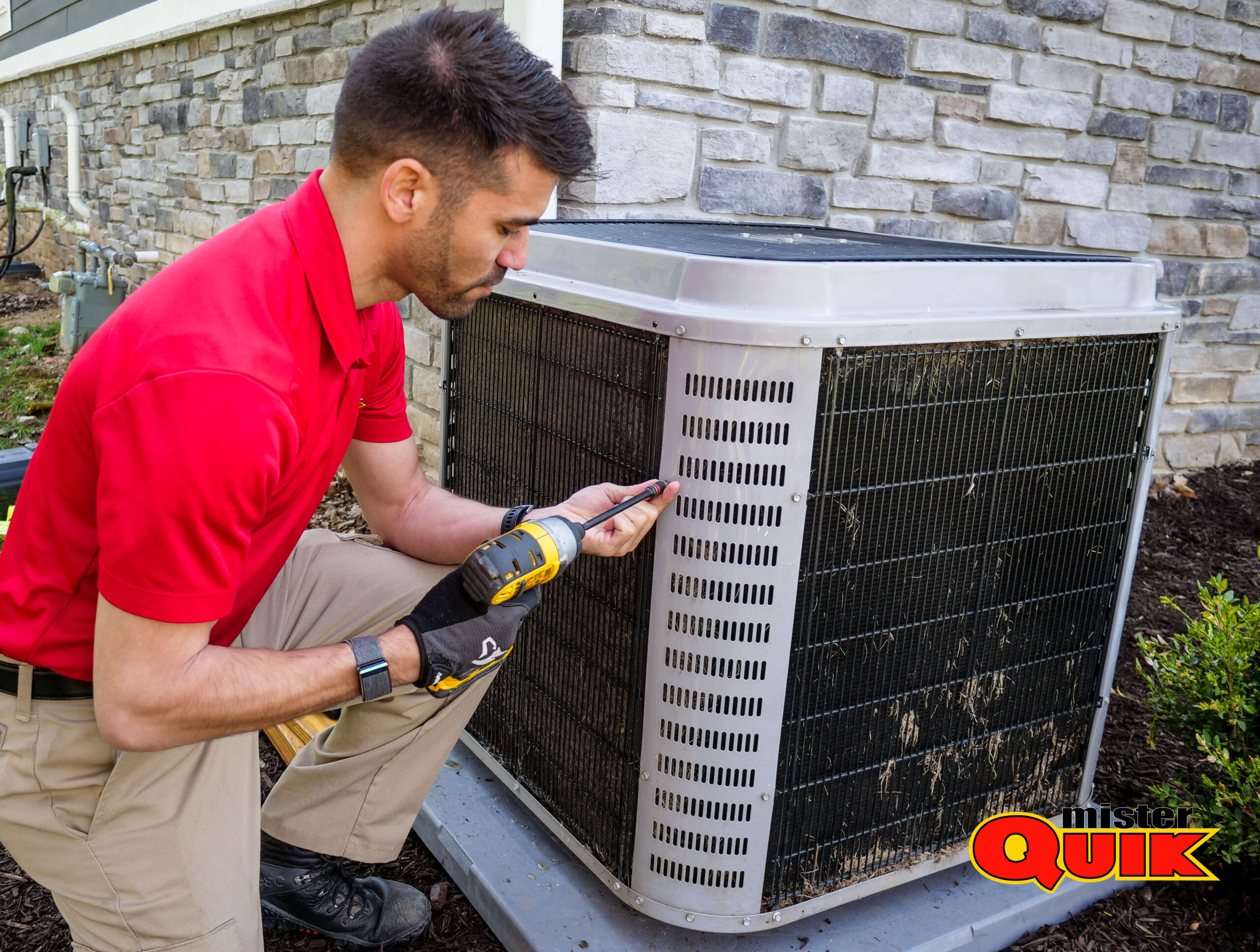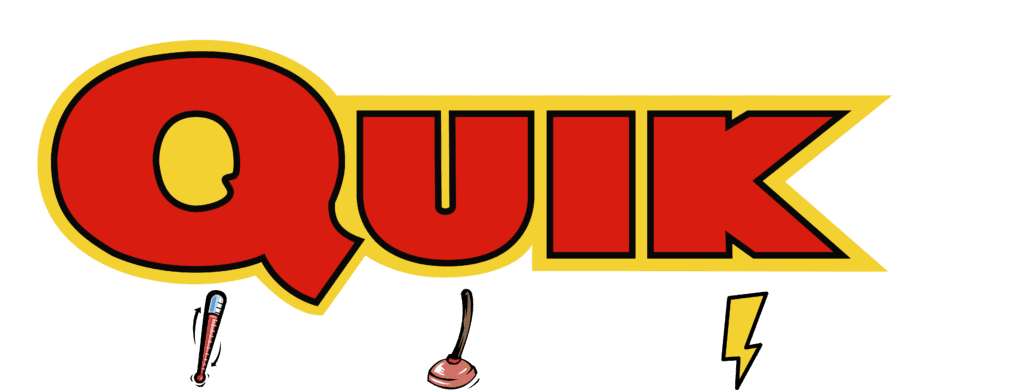Anderson Air Handler Unit
Schedule on your own without making a call. Click the button below to get started!

How Does Air Handler Unit Work
Single-Speed Air Handlers:
- These air handlers operate at a fixed speed, providing a consistent airflow regardless of the heating or cooling demands.
Variable-Speed Air Handlers:
- Variable-speed air handlers can adjust their fan speed to match the heating or cooling requirements of the space. This allows for more precise temperature control and increased energy efficiency.
Multi-Position Air Handlers:
- Multi-position air handlers are designed to be installed in different orientations, such as horizontal, vertical upflow, or vertical downflow. This flexibility allows them to fit various installation spaces and configurations.
Ductless Mini-Split Air Handlers:
- Ductless mini-split air handlers are used in ductless HVAC systems, where individual air handlers are installed in each room or zone. They deliver conditioned air directly into the space without the need for ductwork, offering zone-specific temperature control and energy efficiency.
Air handler vs Condenser
An air handler is a component of an HVAC system responsible for circulating conditioned air throughout a building. It typically includes a blower fan, heating or cooling coils, filters, and dampers. The air handler distributes the conditioned air through ductwork to various rooms or zones, providing heating, cooling, and ventilation as needed.
A condenser is another essential component of an HVAC system, specifically in air conditioning systems. It is located outside the building and is responsible for releasing heat absorbed from the indoor air. The condenser unit contains the compressor, condenser coil, fan, and refrigerant lines. It works by compressing and condensing refrigerant vapor into liquid form, releasing heat into the outdoor air, and then circulating the cooled refrigerant back indoors to absorb more heat.
Whether or not you need an air handler depends on various factors such as the type of HVAC system you have, the climate in which you live, and the specific requirements of your space. Air handlers are typically essential components in central air conditioning and heating systems as they circulate conditioned air throughout the building, but they may not be necessary in other setups such as ductless mini-split systems. In colder climates, air handlers might be crucial for distributing warm air efficiently, while in warmer climates, they may play a role in circulating cool air. Ultimately, consulting with an HVAC professional can help determine if an air handler is necessary for your specific situation.
Not all air conditioning (AC) units have air handlers, as the term “air handler” typically refers to a specific component of a central HVAC (Heating, Ventilation, and Air Conditioning) system that circulates and conditions air within a building. While central HVAC systems commonly include air handlers, other types of AC units, such as window units or ductless mini-split systems, may not have separate air handlers but instead have integrated components that perform similar functions, such as fans and evaporator coils.
The lifespan of air handlers typically ranges from 10 to 15 years, depending on factors such as maintenance, usage intensity, and quality of installation. Proper maintenance, including regular filter changes and cleaning, can prolong the lifespan of an air handler, while neglecting maintenance or subjecting it to excessive strain can shorten its longevity. Upgrading to newer, more efficient models may also be advisable as technology advances, potentially improving energy efficiency and performance.
Yes, air handlers do need to be cleaned regularly to maintain optimal indoor air quality and system efficiency. Over time, dust, dirt, and other airborne particles can accumulate within the air handler, potentially leading to restricted airflow, reduced performance, and even mold or bacteria growth. Routine cleaning helps prevent these issues, ensuring that the system operates efficiently and provides clean, healthy air to occupants.
The air handler is typically located inside the house, usually within a designated mechanical room, attic, basement, or closet. It’s part of the central heating, ventilation, and air conditioning (HVAC) system, responsible for circulating conditioned air throughout the building via ductwork.
Air Handler Cost
The cost of an air handler can vary depending on several factors, including the type, brand, capacity, and installation requirements. The price can increase significantly when factoring in installation costs, which may involve ductwork modifications, labor expenses, and additional materials.
Factors influencing the cost of an air handler include:


Variable-speed and modulating air handlers tend to be more expensive than single-speed models due to their advanced features and technology.
Premium brands often come with higher price tags due to their reputation for quality and reliability.
Larger air handlers capable of handling higher airflow volumes typically cost more than smaller units.
High-efficiency models may have a higher upfront cost but can lead to long-term energy savings and lower operating expenses.
Air Handler Cost
The cost of an air handler can vary depending on several factors, including the type, brand, capacity, and installation requirements. The price can increase significantly when factoring in installation costs, which may involve ductwork modifications, labor expenses, and additional materials.
Factors influencing the cost of an air handler include:


Variable-speed and modulating air handlers tend to be more expensive than single-speed models due to their advanced features and technology.


Premium brands often come with higher price tags due to their reputation for quality and reliability.


Larger air handlers capable of handling higher airflow volumes typically cost more than smaller units.
Air Handler Installation
Assessment and Planning:
HVAC professionals assess the space and existing system to determine the most suitable location for the air handler unit. Factors such as access to ductwork, electrical requirements, and airflow considerations are taken into account.
Preparation:
Prior to installation, any necessary modifications to ductwork or electrical systems are made to accommodate the new air handler. This may involve resizing or rerouting ducts, installing electrical wiring, and ensuring proper ventilation.
Mounting:
The air handler unit is securely mounted in the designated location, typically within an indoor mechanical room, attic, or closet. Care is taken to ensure proper support and alignment to prevent vibration and noise issues.
Connection:
Once mounted, the air handler is connected to the existing ductwork, electrical supply, and refrigerant lines (if applicable). Connections are sealed to prevent air leaks and ensure efficient operation.
Testing and Commissioning:
After installation, HVAC technicians conduct thorough testing to verify the functionality and performance of the air handler. This includes checking airflow, temperature control, and system operation to ensure everything is functioning correctly.
Final Inspection:
A final inspection is performed to confirm that the installation meets building codes and safety standards. Any necessary adjustments or corrections are made to ensure compliance.
Air Handler Repair
Blower motor issues, such as motor failure, worn bearings, or electrical problems. Damaged or malfunctioning fan blades, which can affect airflow and efficiency. Faulty electrical components, including relays, capacitors, or wiring issues. Dirty or clogged air filters, leading to reduced airflow and decreased system efficiency. Refrigerant leaks or low refrigerant levels, impacting the cooling or heating capacity of the system. Frozen evaporator coils, caused by airflow restrictions, low refrigerant levels, or other issues. Ductwork problems, such as leaks, obstructions, or improper sizing, affecting airflow distribution. Thermostat malfunctions, resulting in inaccurate temperature readings or improper system operation.
When performing air handler repair, HVAC technicians typically follow these steps:
Identifying the root cause of the problem through thorough inspection, testing, and troubleshooting.
Performing necessary repairs or component replacements to address the identified issues.
Verifying the effectiveness of the repairs and ensuring that the air handler functions properly.
Recommending preventive maintenance measures to prevent future issues and prolong the lifespan of the air handler.
- Inspect air filters for dirt and debris.
- Ensure vents and registers are open and unobstructed
- Verify that the blower fan is operating smoothly and not making unusual noises.
- Clean the blower fan blades and motor if necessary.
- Test the heating or cooling elements for proper operation.
- Check for any signs of damage or corrosion on the heating or cooling coils.
- Verify that the thermostat is set to the desired temperature.
- Check for any programming or scheduling issues with the thermostat.
- Inspect electrical connections for signs of damage or corrosion.
- Test capacitors, relays, and contactors for proper functionality.








